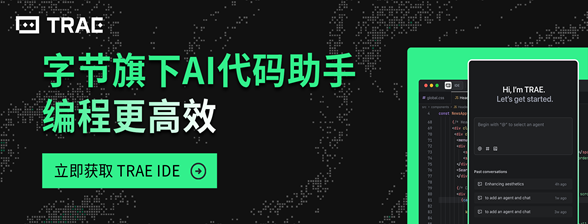OpenAI’s GPT-4.1 Prompt Engineering Guide: Unleashing the Power of Precise Prompts
OpenAI recently unveiled a prompt engineering guide for GPT-4.1, offeringinsights into maximizing the model’s performance. GPT-4.1 showcases stricterinstruction following compared to GPT-4, being more literal in executingexplicit commands.
Enhanced Controllability and ReliabilityThis characteristic of GPT-4.1 significantly boosts its controllability andreliability. It’s well-suited for high-precision tasks such as codegeneration, data analysis, and automated agents. HowEVEr, developers mustadapt their existing prompting strategies for GPT-4 to align with GPT-4.1’sliteral nature.
Comprehensive Prompt Engineering GuideThe guide provides a range of strategies. Clarity and context are crucial;prompts should be specific and contain enough context, with examples andtarget descriptions enhancing output quality. Planning and reflection, likeinducing step-by-step plans, can improve complex task completion rates. Toolcall optimization involves using standardized interfaces, and structuredoutput in XML or GDM formats is recommended for stability and parsability.
Shift from Inference to PrecisionGPT-4.1 marks a significant shift from GPT-4 in instruction following. WhileGPT-4 often infers user intent, GPT-4.1 demands clear instructions. Thischange impacts existing workflows, and developers need to review and migratetheir prompt templates.
Industry Impact and LeadershipThe release of the guide benefits developers and strengthens OpenAI’s positionin the AI ecosystem. With its large context window and precise instructionfollowing, GPT-4.1 is expected to drive more companies to adopt it forintelligent application development in various fields.
Future of Prompt EngineeringPrompt engineering is evolving, with a trend towards toolisation. AI-drivenIDEs can assist in checking prompt consistency. In the future, it may becomean integral part of AI application development, and users anticipate moremultimodal prompting strategies from OpenAI.


